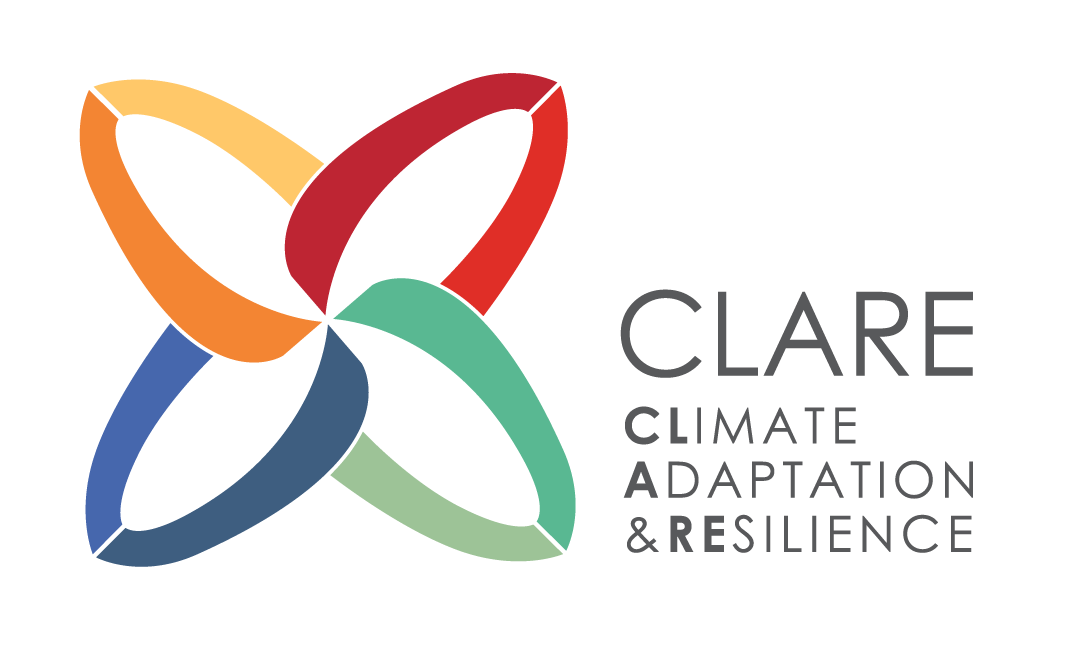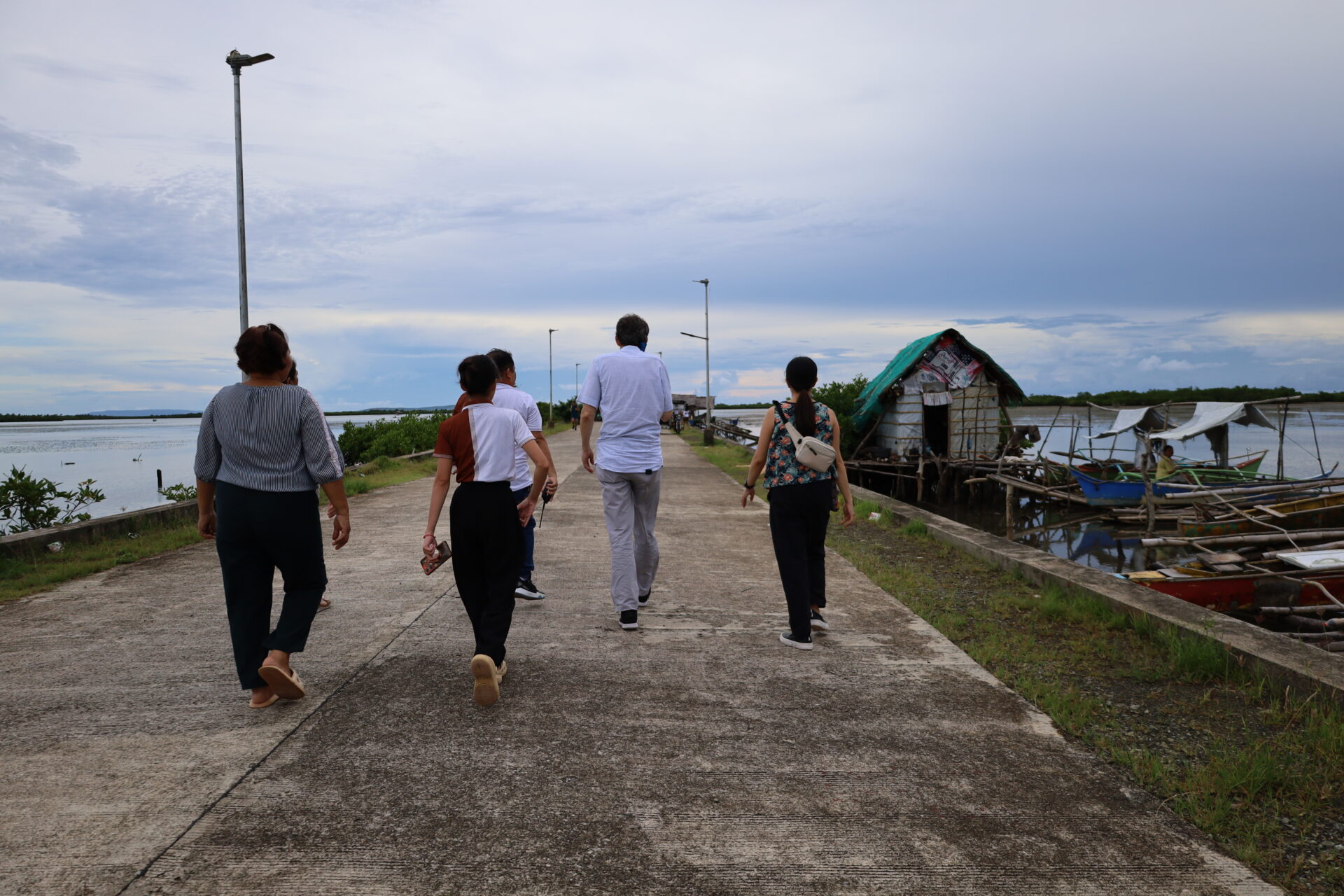
Anchored by Women, Driven by Science: Community Stewardship for a Resilient Coast
/
by Binky Katipunan, Development and Communications Manager, Rare
A ClimateREEFS visit underscores a critical reflection: science alone is ineffective without meaningful community engagement, just as community action becomes more effective and enduring when grounded in science. A peek into the work happening in the Leyte Gulf demonstrates how women’s social influence, complemented by scientific insight, has the potential to catapult a community into collective action. Rare’s Fish Forever program exemplifies this synergy, anchoring its work in data-driven strategies that empower communities—especially women—to lead conservation and resilience efforts from the ground up.
Crossing the bridge
Along with a few other Rare colleagues, I accompanied Arjan de Haan, Program Manager for the ClimateREEFS project and Specialist from the International Development Research Centre (IDRC), on a week-long journey to several project sites in the Philippines. Our itinerary included a visit to the municipalities surrounding the Leyte Gulf, which hosted one of these sites.

Figure 1. Sign from the Tacloban side of the San Juanico bridge, visible to cars as they line up and wait to pass through (Photo by Binky Katipunan).
We traversed the San Juanico bridge – an iconic yet aging piece of infrastructure in the Visayas, lately in the news for long-overdue repairs. A two-and-a-half hour van ride took us from Tacloban to Eastern Samar, where we finally arrived at the Municipal Hall of Salcedo.
Getting there
Upon our arrival, we found the community already gathered on the second floor for a Managed Access with Reserves (MA+R) Design Workshop — a vital next step in the Fish Forever program. Following a series of community-led efforts to understand the status of coastal fisheries in the Leyte Gulf, the MA+R Design Workshop intended to involve the community in designating sustainable use areas and no-take zones to protect critical habitats, while supporting local livelihoods in the area.
We slipped quietly in the back to watch as the Rare program implementation team skillfully engaged local fishers, barangay (village) leaders, and local government representatives in a lively discussion to review and confirm findings from their recently concluded community profiling and ecological survey activities.
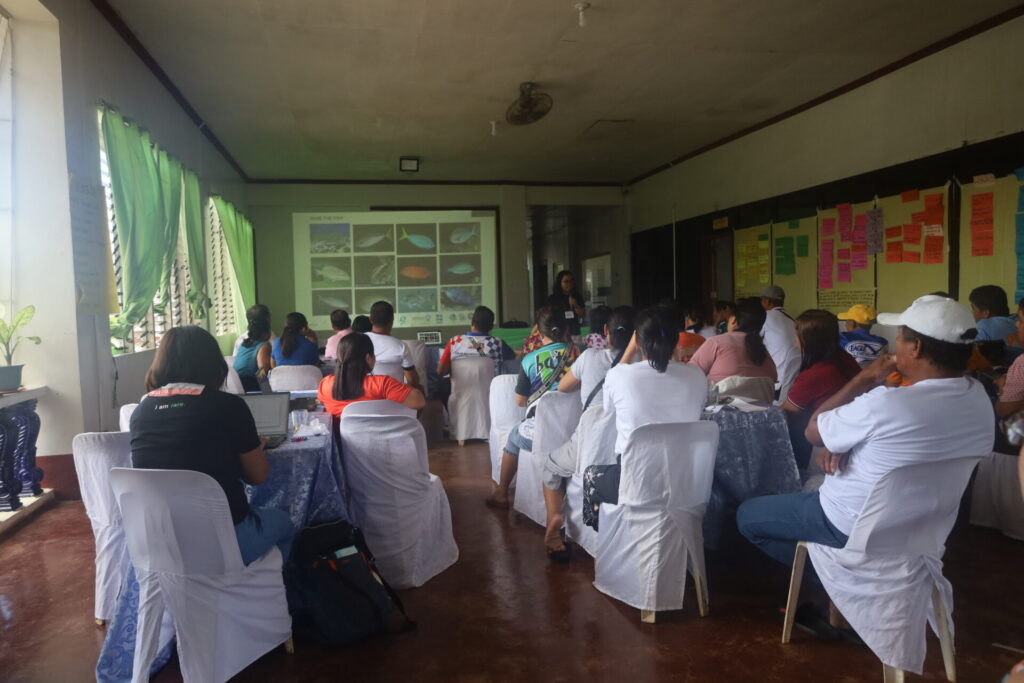
Figure 2. Racelle “Ras” Rescordado, Leyte Gulf Program Implementation Associate, facilitating a discussion to validate key species identified by community members in Salcedo during last year’s community profiling activities (Photo by Binky Katipunan).
We learnt that the Leyte Gulf is rich in biodiversity and serves as a vital source of livelihood and pride for the community. A deep-rooted desire to protect its ecosystems existed long before Rare arrived on its shores. However, a lack of coordinated support has hindered efforts to mobilize and align community actions, leaving some critical habitats, such as mangrove forests destroyed by Super Typhoon Yolanda (International name: Haiyan), unrestored to this day.
Together, these efforts are priming coastal communities to revive the life-giving ecosystems of the gulf. In fact, this year, three municipalities – Guiuan, Quinapondan, and Salcedo – boast of Para el Mar nominations, with all three entries advancing to the shortlist. This is a prestigious biennial award that acknowledges and honors the best locally managed protected area and networks in the Philippines.
Now, with renewed efforts made possible through Climate REEFS and the Global Environment Facility (GEF)’s Strengthening and Sustaining the Coastal Resource and Fisheries Management in the Leyte Gulf project, communities feel empowered to act.
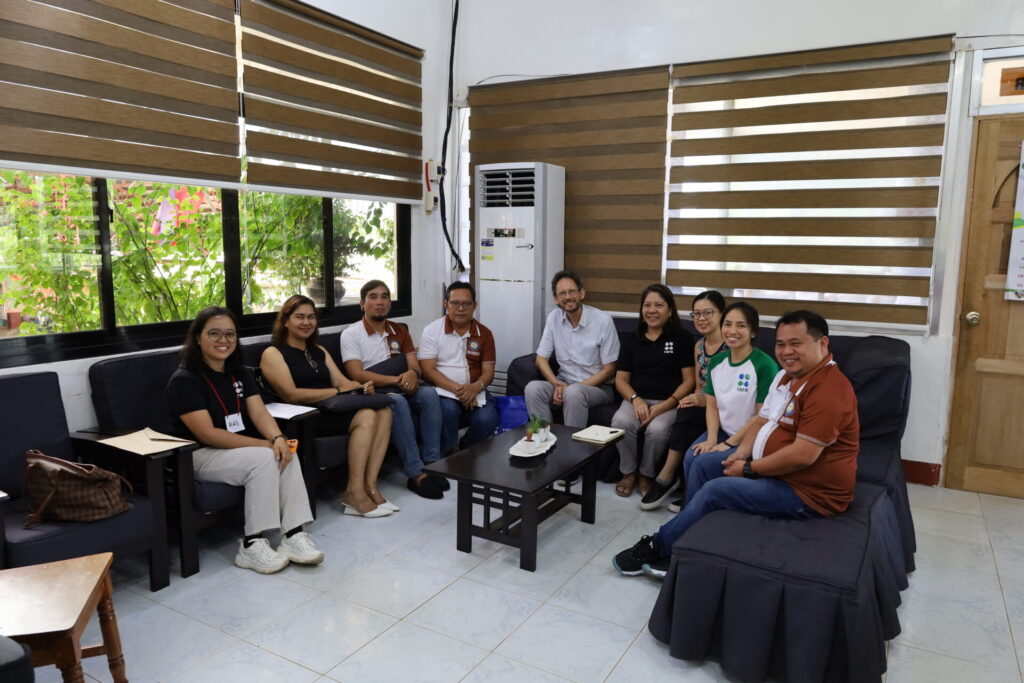
Figure 3. Arjan de Haan (center) with LGU Salcedo and Rare staff during a meet-and-greet with Vice Mayor Fabillar (Photo by Binky Katipunan).
Meeting the champions
While waiting to be introduced to the workshop participants, we were led to the local government office for a quick meet-and-greet. Here, we met with Vice Mayor Maricris D. Fabillar and the Municipal Implementation Team (MIT) of Salcedo. Among these individuals was Shirly Ronabio, a fisher, deputized fish warden, and the business manager of the Maliwaliw Multipurpose Association (MMA) — the fisherfolk organization that manages the Binabasalan Marine Sanctuary in Barangay Maliwaliw in the Municipality of Salcedo, shortlisted for a Para el Mar award. She is also the secretary of the Municipal Fisheries and Aquatic Resources Management Council (MFARMC) in Salcedo, an advisory body that represents municipal fisherfolk in the planning and formulation of policies and programs for the management, conservation, protection, and sustainable development of fisheries and aquatic resources in the municipality. We gathered in a circle, as Ras, Rare’s Program Implementation Associate in the Leyte Gulf, facilitated the conversation in Waray – the local language of the region. Responses were translated into English for Arjan de Haan, who came to visit project sites of the Climate REEFS project in the Philippines, including the Leyte Gulf.
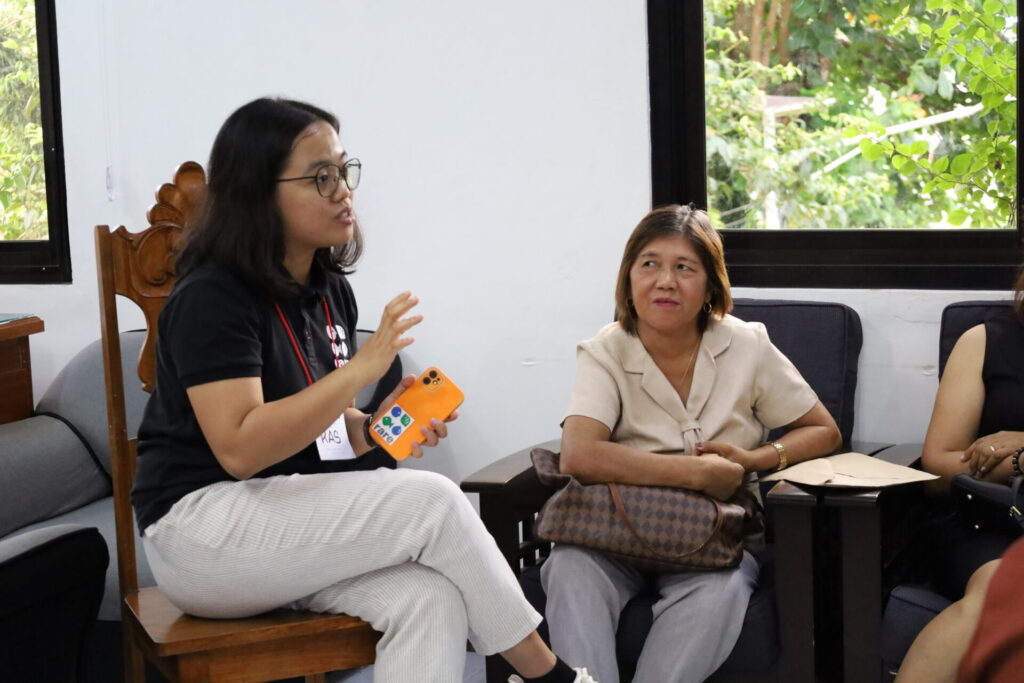
Figure 4. Ras facilitates the discussion in the local language, Waray. (Photo by Binky Katipunan).
The scientist
Midway through the conversation and as if out of the blue, Arjan asked, “Who is your favorite scientist?” — a question that surprised most of us in the room as we realized that we had rarely, if ever at all, been asked this question. Shirly quickly responded and said “Ma’am Marge” was her favorite scientist.
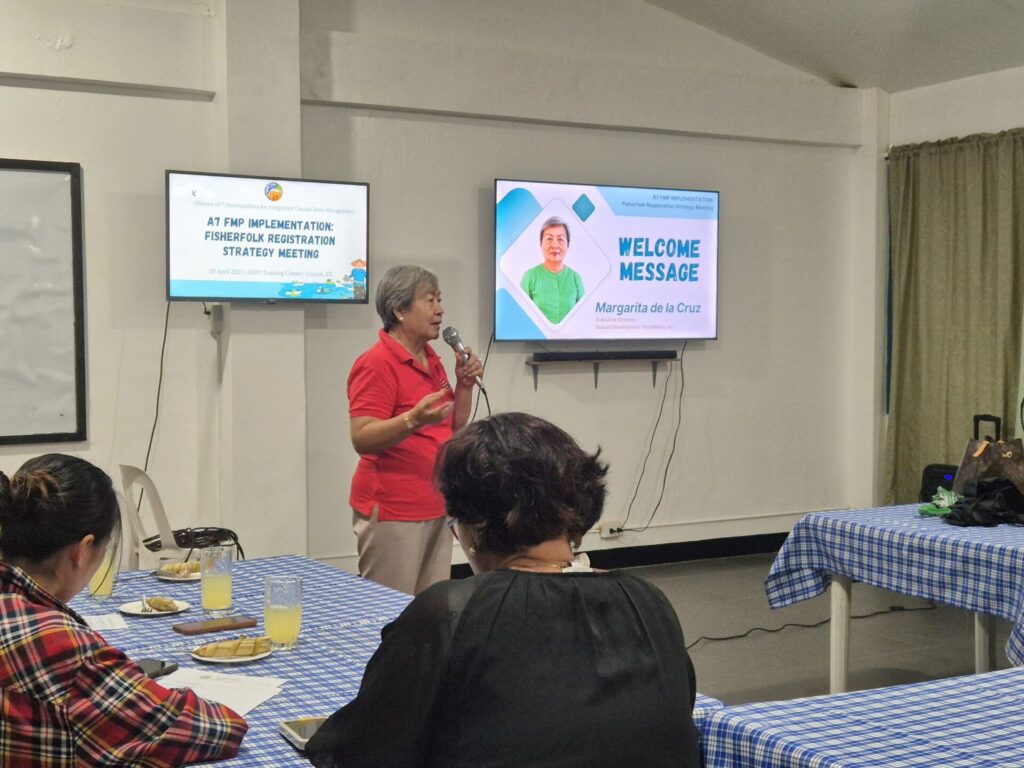
Figure 5. Marge dela Cruz, Founder and Executive Director of GDFI (Photo credit: GDFI).
An educator, researcher, and development worker, Margarita “Marge” dela Cruz is the Founder and Executive Director of the Guiuan Development Foundation, Inc. (GDFI). GDFI is a local conservation non-government organization (NGO) that Rare has partnered with to implement the Fish Forever program in the Leyte Gulf. She is a leading voice in the community, recognized for her outspoken advocacy for conservation and her hands-on efforts to rehabilitate and restore marine ecosystems in Eastern Samar. Her leadership has been instrumental in mobilizing the community to unite around this vital cause. Coincidentally, she was also instrumental in establishing the Binabasalan Marine Sanctuary as the first marine protected area (MPA) in Salcedo.
A story of change
“Doon kami nagsimula magbagong buhay. Kung ano yung itinuro sa amin ni Ma’am Marge, iyon ang dinuduplicate namin (That’s when we started to change. What Ms. Marge taught us is the practice we replicate today).” Shirly recounted how Marge’s influence transformed her journey—from growing up surrounded by illegal fishing to becoming a deputized fish warden boldly apprehending violators in defense of their MPAs. She reflects that in her youth, dynamite fishing and the use of sodium cyanide were common in Maliwaliw. However, Marge’s interventions brought about a remarkable shift. With a smile on her face, Shirly declares that she is proud of her community. A place once dependent on illegal fishing has now eliminated those practices entirely.
“Ipinagmamalaki ko po – zero na po ang illegal fishers sa Maliwaliw (I am proud to say that there are zero illegal fishers in Maliwaliw).” Guided by Marge’s trainings and seminars on the importance of marine ecosystems and through word of mouth from community members who attended these talks, Shirly said her community slowly understood what they needed to protect and why. And, when Super Typhoon Yolanda hit, the community realized that without mangroves, they would have been defenseless against the storm surge that it brought about. Today, the fish are back in Binabasalan, with people from neighboring towns flocking to Maliwaliw for its abundant fish catch.
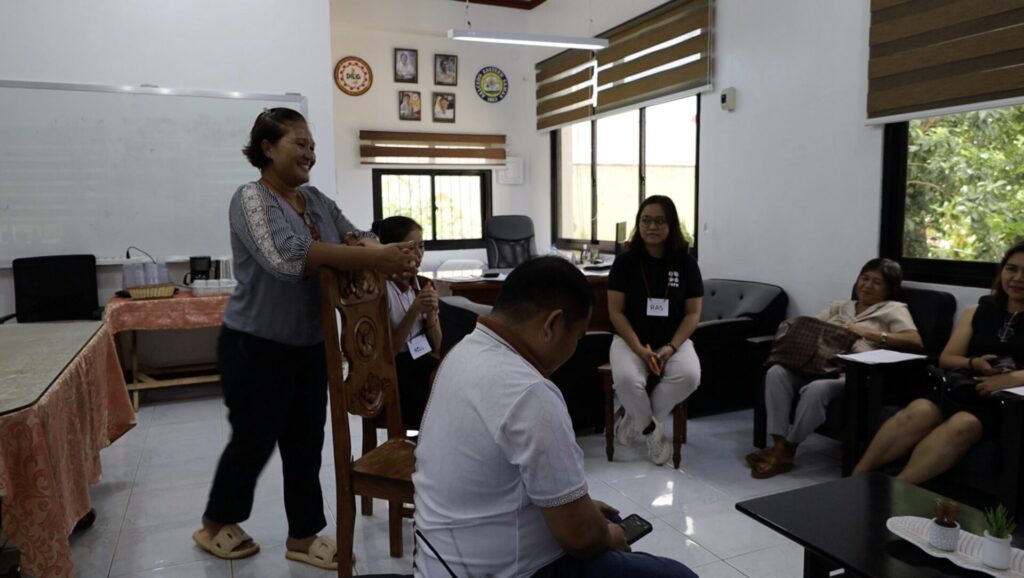
Figure 6. Shirly proudly declared that Maliwaliw is now free of illegal fishing. (Photo by Binky Katipunan).
The fierce women of Salcedo
Throughout the conversation, it became very clear that the women of Salcedo are equally regarded in their communities as leaders of conservation.
Along with passionate community members, Rare staff, and an alliance of Leyte Gulf mayors committed to marine conservation, the active participation of women alongside men in the community enables the Fish Forever program to gain momentum and to quickly move forward.
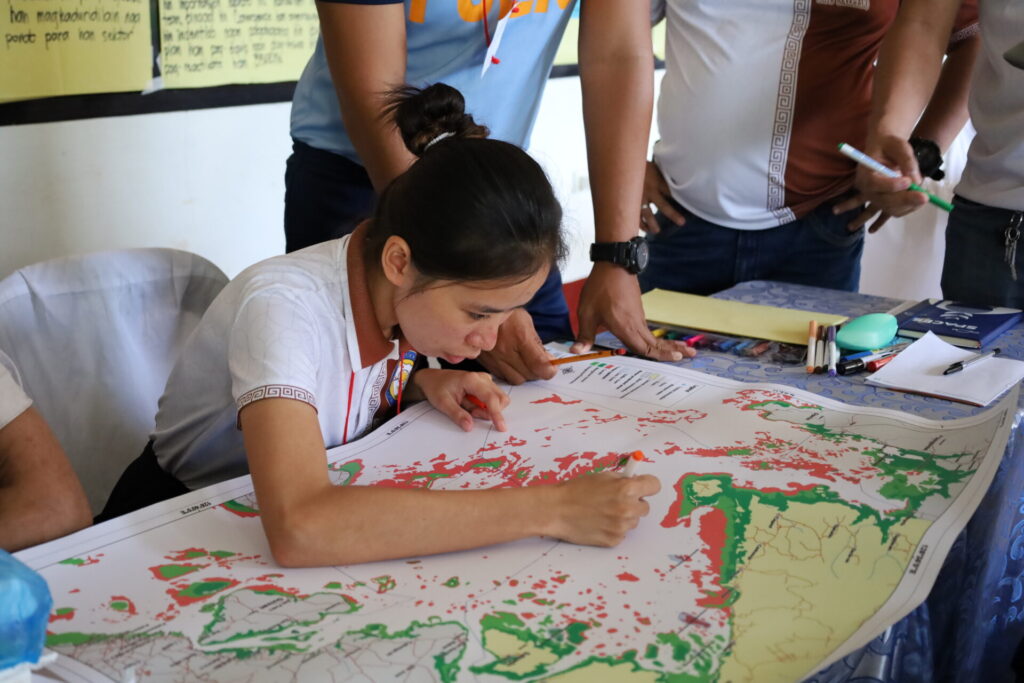
Figure 7. Nell Cabus, MENRO staff, leads her team in mapping key coastal zones in Salcedo. (Photo by Binky Katipunan).
Mapping their waters
Rejoining the community outside, we saw with our own eyes how local women are repositories of knowledge and are fierce defenders of their coastal waters. When the MA+R Design Workshop resumes after a hearty lunch, we watched women lead their groups in identifying key areas around their municipal waters like the back of their hand. They mapped out sustainable use areas, critical marine habitats, fish pens, docking and navigation zones, tourist hotspots, and storm surge areas like expert navigators and human GPS systems. Seeing fishers, barangay officials, and local government staff alike navigate a map of their coastal waters with such mastery demonstrates just how much this vital resource sustains the community.
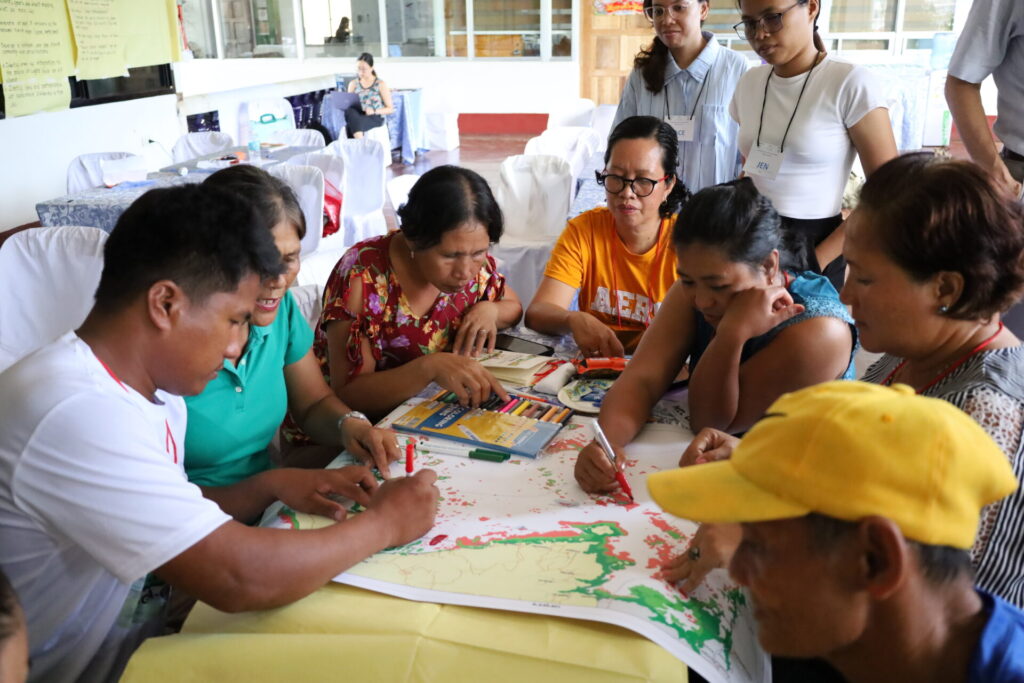
Figure 8. Local fishers of the Municipality of Salcedo identify key areas on a map as part of the MA+R Design Workshop.
A visit to the mangroves
When the workshop closed for the day, we were eager to see some of Salcedo’s abundant mangrove ecosystems. Shirly, along with Nell Cabus and Arnold Peca from the municipal implementation team, offered to take us to the nearby boardwalk. Through a basketball court and across the highway, a 15-minute walk down a narrow street took us to the open water, where we saw rows of mangroves lining the coast. We saw islands with mangroves scattered in the distance, as Shirly pointed out those which have been damaged by Super Typhoon Yolanda and areas that Marge, along with the community, have been working hard to revitalize.
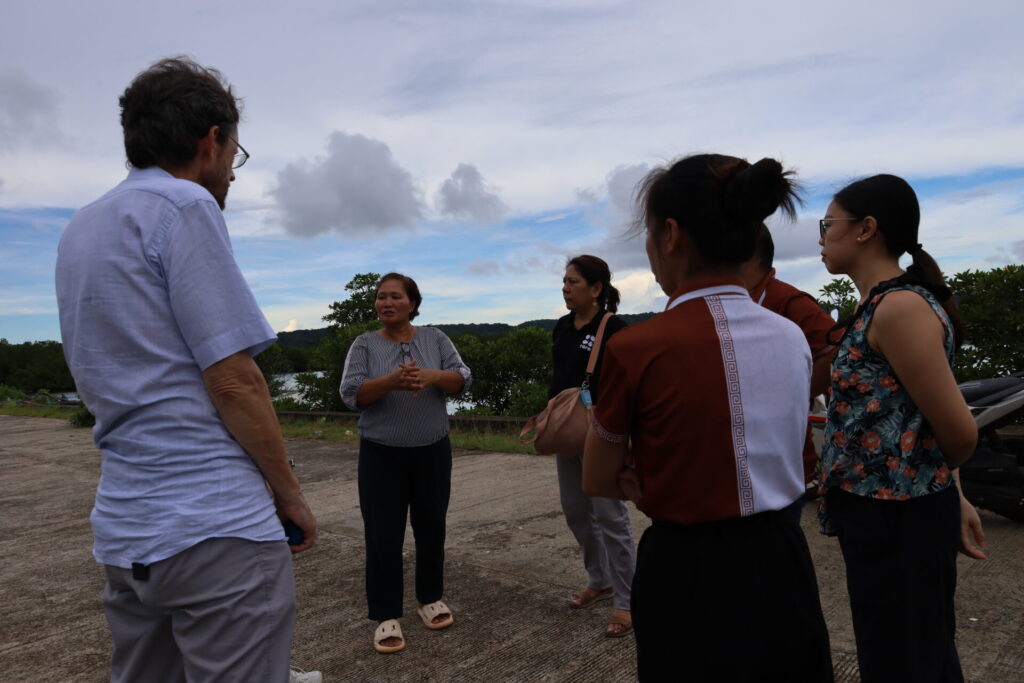
Figure 9. Shirly, Nell (MENRO staff), and Arnold (LGU Salcedo MDRRMO) accompany Arjan de Haan (IDRC) and Rare staff to the nearby mangrove boardwalk.
What’s next?
In the days that followed, the community concluded the three-day MA+R Design Workshop with proposed improvements to how various identified areas in their municipality should be used. They committed to expanding some conservation zones while ensuring existing ones are maintained. They vowed to strengthen enforcement against illegal fishing, proposing to establish guardhouses and watchtowers in every sanctuary. They also planned to expand tourism activities while renewing their commitment to protect the 15-kilometer municipal water zone for sustainable fishing.
When asked, Shirly said she was glad to continue serving her community as a deputized fish warden because the sea has sustained her family – enabling her to send her five children to school – and the entire community. More importantly, it is the legacy they leave behind for the next generation.
And speaking of the next generation, one of Shirly’s children has followed in her footsteps: Her third child is a Bureau of Fisheries and Aquatic Resources (BFAR) scholar and board-certified fisheries expert, now serving as a coastal resource management (CRM) staff member in one of the municipalities.
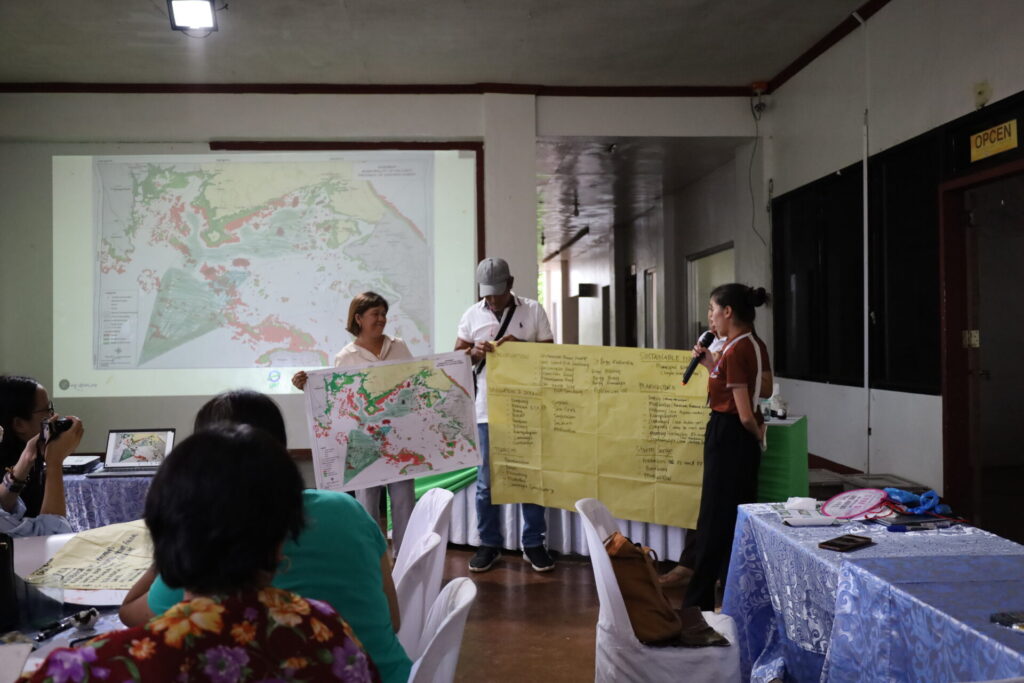
Figure 10. Nell and fellow LGU staff present key zones they have identified in the Municipality of Salcedo.
Rare is implementing the Fish Forever program in the Leyte Gulf through the “Strengthening and Sustaining the Coastal Resource and Fisheries Management” project, supported by the Global Environment Facility and led by Conservation International. The Leyte Gulf also hosts the ClimateREEFS project, part of the UK-Canada Climate Adaptation and Resilience (CLARE) initiative, co-funded by the UK Foreign, Commonwealth & Development Office, IDRC, and the UK Blue Planet Fund’s COAST program. ClimateREEFS is led by a coalition including Pattimura University (Indonesia), the University of Leeds (UK), Rare, and the Coral Reef Alliance (CORAL).
Published
CLARE Projects
CLARE Partners

